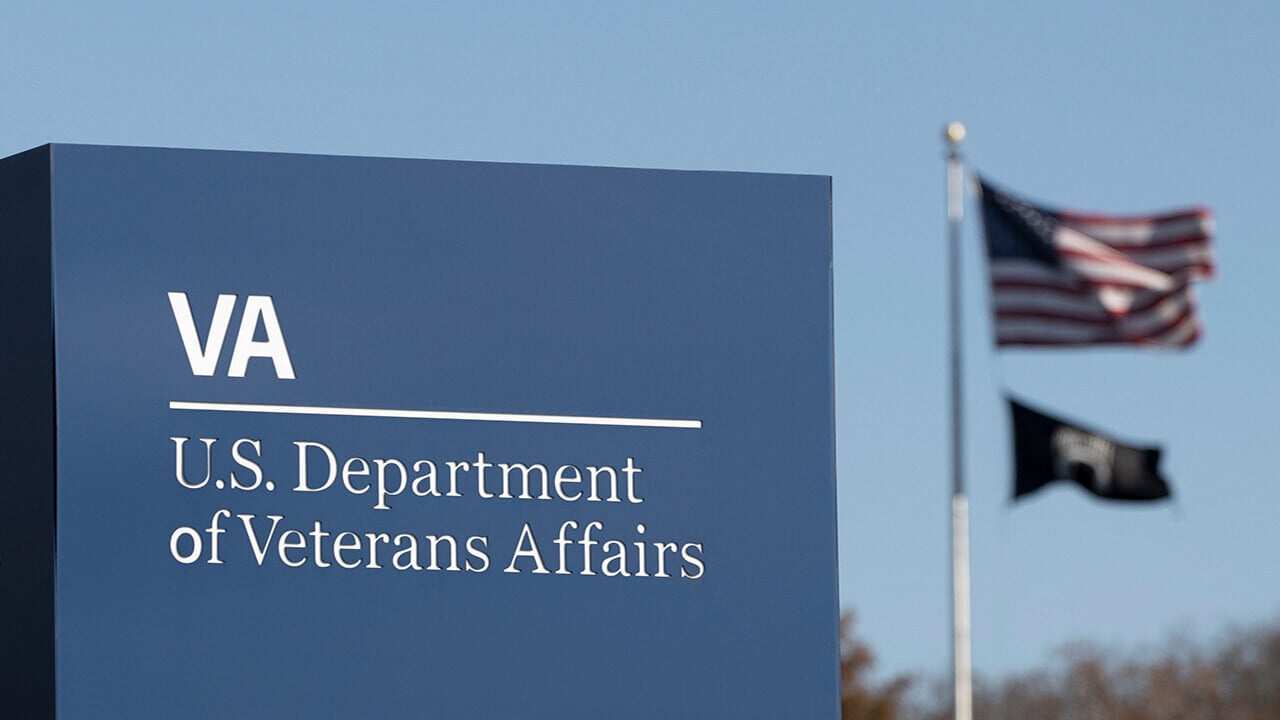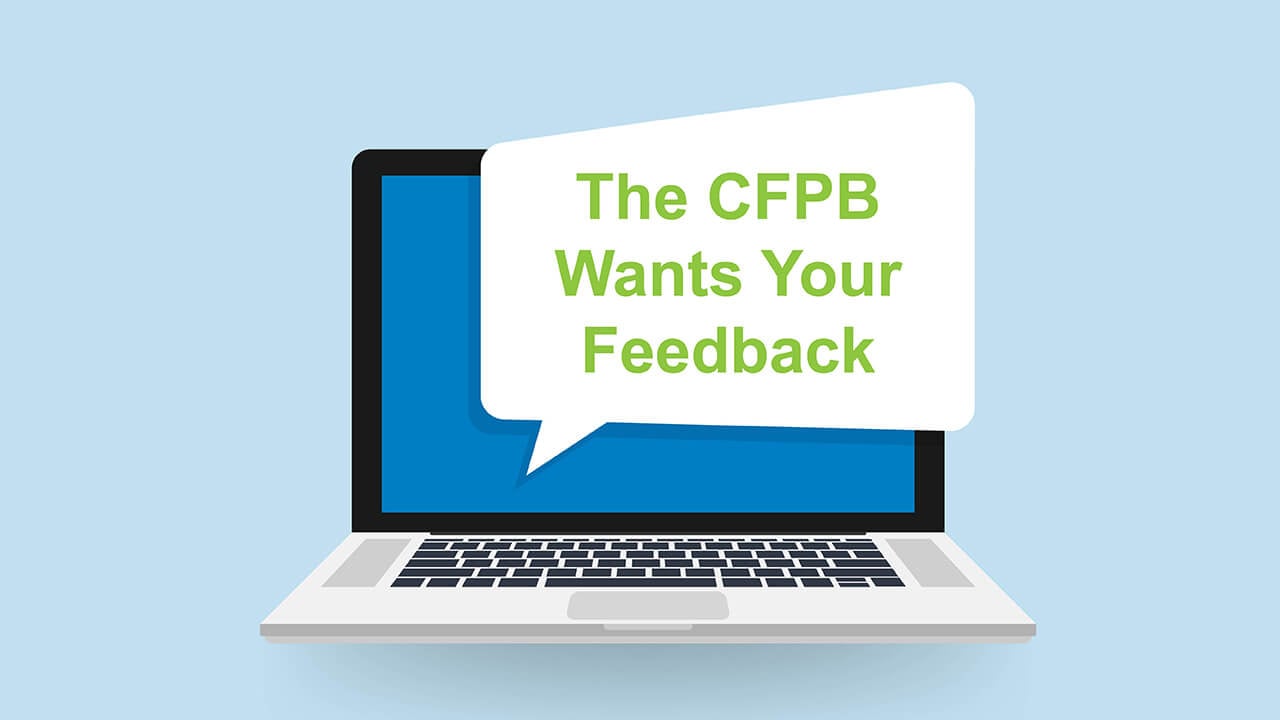Ease the Transition of Mortgage Servicing Rights with Automated Workflow
The key to a successful transfer of mortgage servicing rights (MSR) is a smooth transition of the portfolio from one servicer to another. It’s a big...

Following up on our last blog, ‘Servicing Answers to High Interest Rate Pressures,’ it is crucial that mortgage servicers do not succumb to the ongoing news of tumbling interest rates and the possibility of multiple Federal Reserve rate cuts on the horizon. With inflation reports calming, the average 30-year mortgage rate dropped under 6.50 percent; however, this does not change the extensive gap between today’s rate and the historically low interest rates that are tied to the majority of mortgage loans currently being serviced. As mortgage delinquency rates appear to be teetering on a precipice, industry agencies are gearing up for a change in loss mitigation strategy. Last month, Clarifire delved into the new FHA Payment Supplement Program. This month, we’re taking a look at the Department of Veterans Affairs (VA) recently announced changes designed to assist veterans at risk of foreclosure.

The most notable is the recent launch of the new Veterans Affairs Servicing Purchase (VASP) program, which commenced on May 31st of this year and has a mandatory implementation date of October 1st. This program has been dubbed a “last-resort tool” for veteran homeowners facing severe financial hardship, as VASP should be the last option in the VA “Home Retention Waterfall.” Under this program, the VA will purchase defaulted loans, modify them, and place them in the VA-owned portfolio. These borrowers will have access to a 2.5% interest rate through their servicer. Eligibility is determined by the servicer, who selects qualified loans, evaluates them under streamlined criteria, and then submits the program applications to the VA on behalf of the delinquent homeowners.
The VASP program was added to Chapter 9 of the VA Servicer Handbook, which describes two different solutions, the VASP program and the Traditional VA Purchase (tVAP) option. The tVap program is evaluated on a case-by-case basis, and for this program, the VA determines if the option is the most appropriate route to assist the Veteran. The process itself can be initiated by either the servicer or the VA; however, the servicer would simply refer the loan to the VA for review and consideration, a process that includes numerous requirements to be met prior to decisioning and implementation.
.
In support of these programs, the VA has put a targeted pause on foreclosures through December 31, 2024, with certain exceptions, such as vacancy, abandonment and full exhaustion of designated alternatives to foreclosure.
The U.S. Department of Housing and Urban Development (HUD) recently introduced its Payment Supplement program to assist Federal Housing Administration (FHA) borrowers in default without consideration of interest
Whether the servicer or the VA makes the initial determination that a borrower is eligible for new foreclosure avoidance options, the work that results is crucial to successfully assisting Veterans. At a minimum, the next steps for mortgage servicers touch on the following requirements.
Mortgage servicers know that these areas are simply the tip of the iceberg. What’s important is having the agility to tweak these rules, systems, and processes as change occurs. Although servicers are no strangers to change, the current loss mitigation environment requires a new lens, and if you answered ‘no’ to any of the italicized questions, then it’s time to evaluate your approach and technology partners.
CLARIFIRE® offers proven solutions to the automation of complex problems, requirements, and regulations that continue to be released from the agencies. By delivering modern change capabilities that power your systems and empower your loss mitigation team, we make a real difference in your ability to provide meaningful relief. Relief that extends to distressed borrowers, rapidly automates changing requirements, and most importantly, helps you compete in an everchanging financial ecosystem. CLARIFIRE® has been helping mortgage servicers evolve, innovate, and automate since 2007. Contact us today to experience the power of real-time seamless servicing automation and intelligence with CLARIFIRE®. Start by visiting us at eClarifire.com, and we will show you how CLARIFIRE® is truly BRIGHTER AUTOMATION®.

Jane has applied her vast experience (over 25 years) operating process-driven businesses to successfully redefine client-focused service. Jane has worked with expert programmers to apply cutting-edge web-based technology to automate complex processes in industries such as Financial Services, Healthcare and enterprise workflow. Her vision confirms Clarifire's trajectory as a successful, scaling, Software-as-a-Service (SaaS) provider. A University of South Florida graduate, Jane has received many awards related to her entrepreneurial skills.
Like this article? Feel free to share this with a friend or colleague!

The key to a successful transfer of mortgage servicing rights (MSR) is a smooth transition of the portfolio from one servicer to another. It’s a big...

We’ve all grown accustomed to rules and change management, but what does the Consumer Financial Protection Bureau’s (CFPB) Proposed Rule mean for...

The mortgage industry, financial services, and FinTech arenas have all received a boost from technology during struggles to provide relief under...